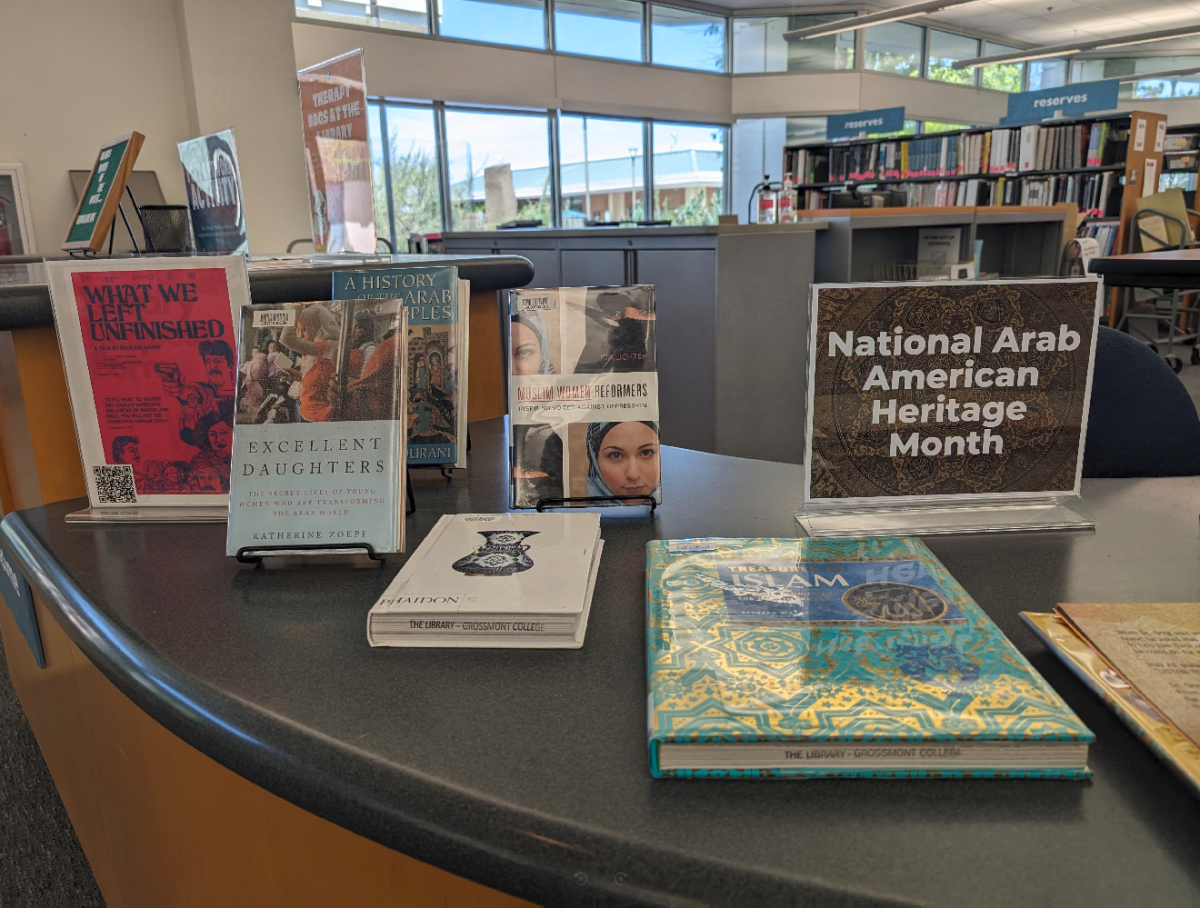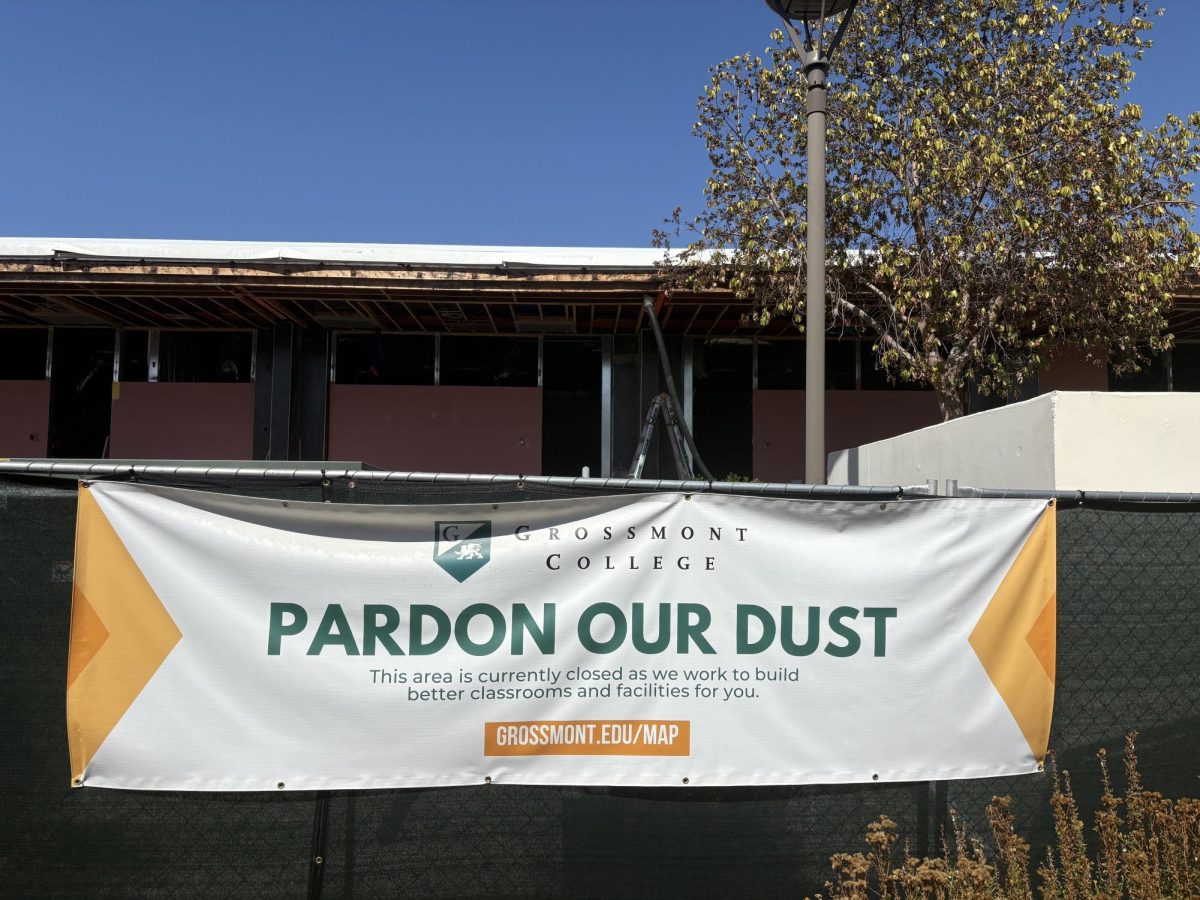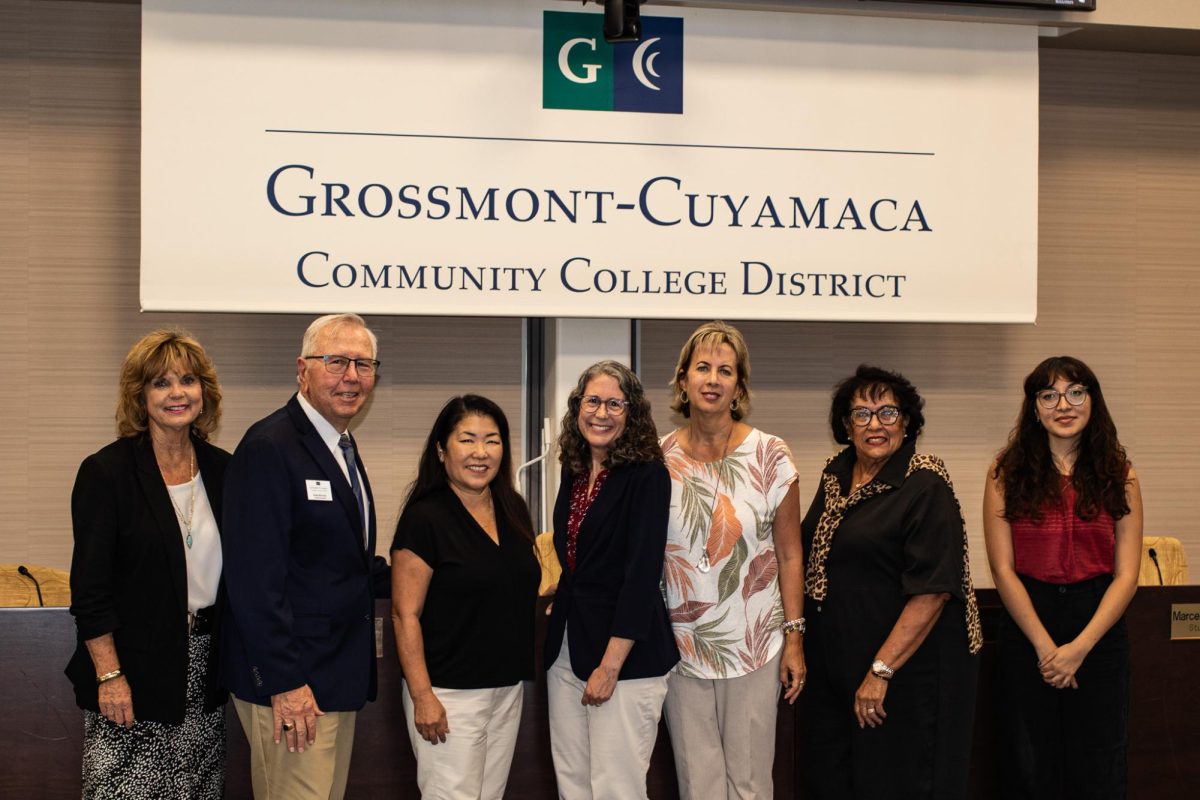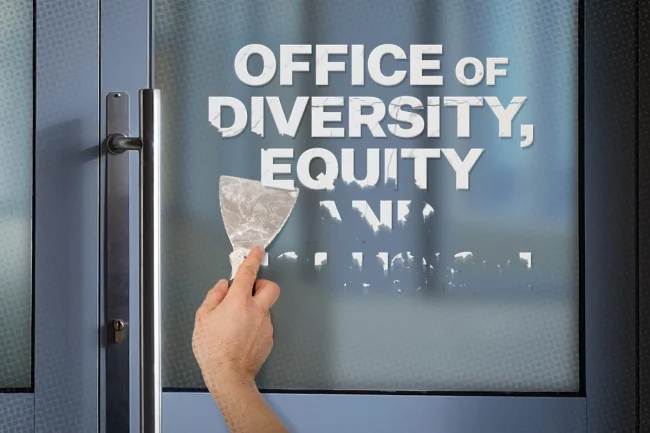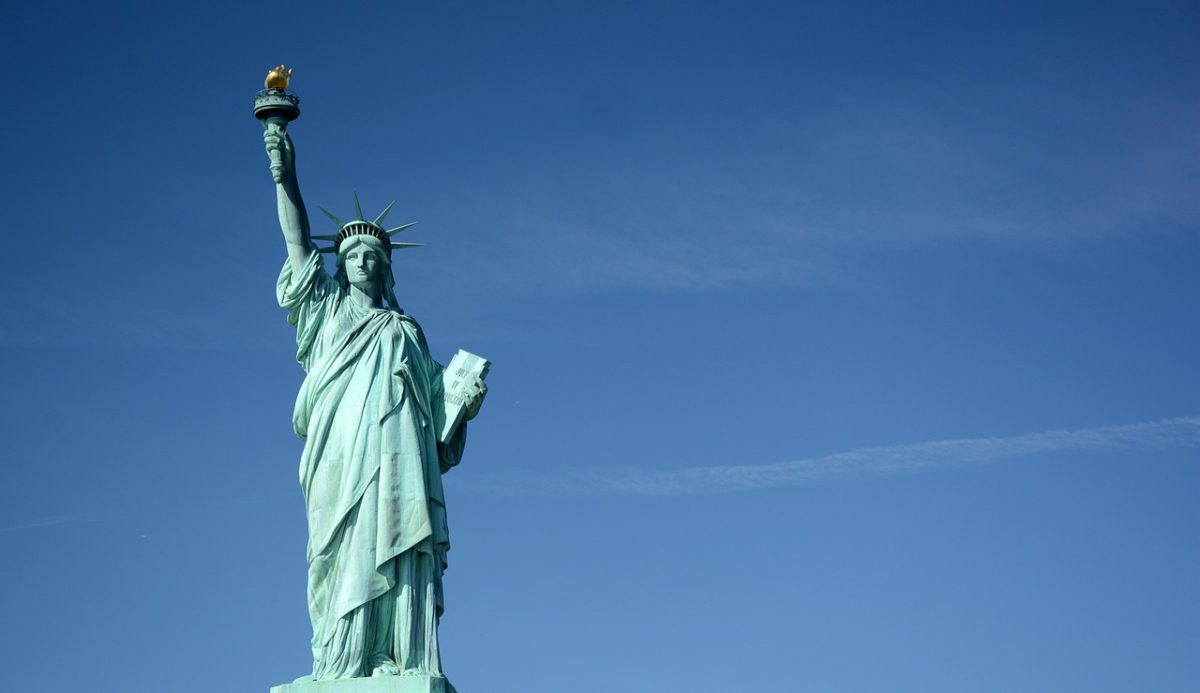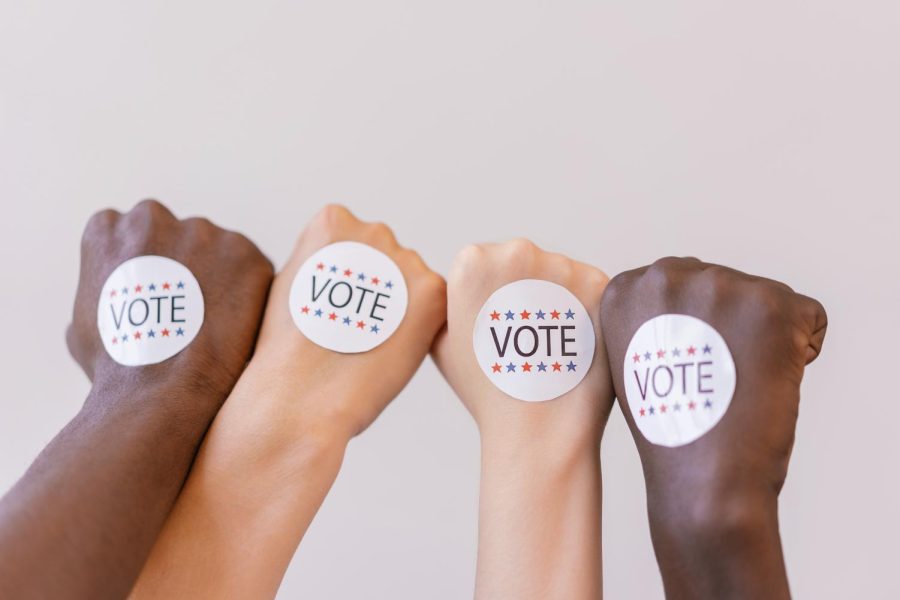National Arab American Heritage Month may have passed as April ended, but the long struggle toward equity for people of all creeds and backgrounds continues. A catastrophe [read: Nakba] like no other in this young millennium is ongoing in a region of the world that has seen more American arms than anywhere else post-WW2.
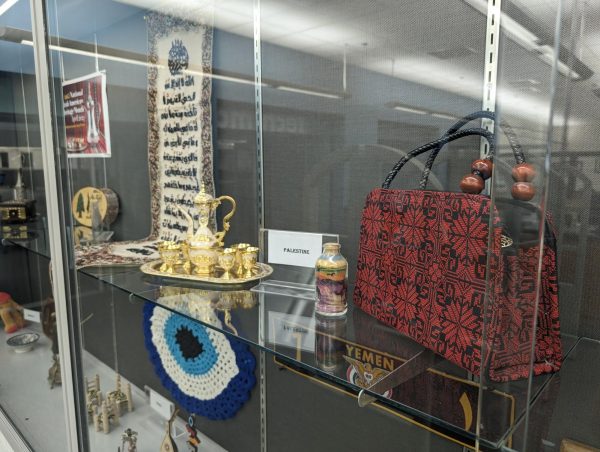
Those living in rich, militarized nations like the US and the UK are shielded from the direct impacts of conflict and have been for three-quarters of a century, but that does not entitle residents of core countries to ignore areas that lie beyond their field of view.
During April, events were held at Grossmont College to celebrate culture, religion, and life. Gaza was an unavoidable topic throughout. On April 17, the Arabic Program and Arabic Club held the Museum in a Box event, putting on display pictures of Palestine from before the 1948 Nakba, during which Israel displaced 750,000 Palestinians from their homes.
Ed Sweed, one of two guest speakers at the event and an activist with Jewish Voice for Peace, said the images of Palestinians going about their daily lives – at school, shopping at a market, playing music – are intended to challenge the mental image that many Americans default to when thinking about people in or from the Middle East. They are “Using photography and a bit of elegance to change people’s thinking on this topic,” Sweed said.
Imam Taha Hassane gave an overview of the history that brought Israel-Palestine to the current day and highlighted his involvement in interfaith organizations in San Diego that seek to cultivate understanding among people of different religions.
About three weeks later, on May 6th, Hassane was one of many people pepper sprayed by the police during the removal of a pro-Palestinian encampment that had formed on the campus five days earlier.
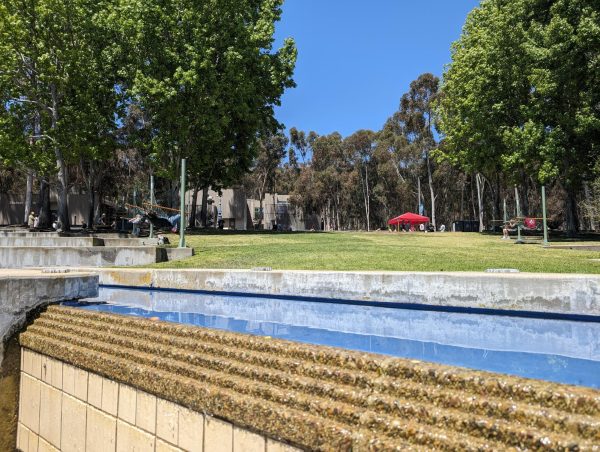
The protests at UCSD, and colleges around the world, aim to make colleges end their investments in companies with ties to the Israeli government or military. The police presence was invited by UCSD Chancellor Pradeep Khosla and resulted in the arrest of 64 students. Some faculty called for Khosla to resign in the aftermath.
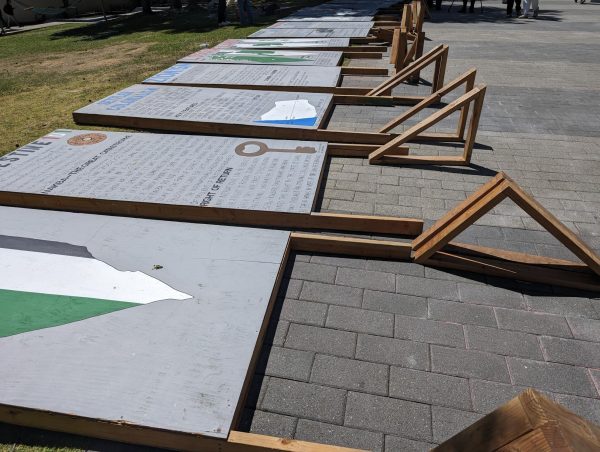
On May 7, a few dozen feet from an emergency phone being repaired, students were in the process of setting up a series of large pro-Palestinian signs along the same library walk that had been cleared by police the day before. The signs are part of a week-long event called Justice in Palestine Week, which has occurred yearly on this exact week for at least a decade. The following week was Peace in Israel Week, showing just how tense the ongoing ideological fight is.
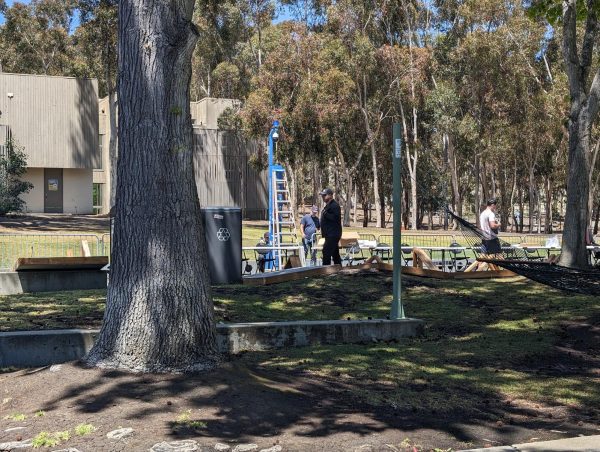
Almost 3,000 people have been arrested on campuses across the US. Comparisons can be drawn to the Vietnam War protests, during which the Kent State shootings occurred. Perhaps Iran’s various crackdowns on protesters, though it is relevant to observe the greater levels of severity seen in those cases.
The reaction of certain media figures, including Joe Scarborough on “Morning Joe,” the program our current president watches, has been condescending and reinforced what appears to be a significant bias in major American news sources.
The question of how we arrived at such stark polarization seems to, in part, point back to the media itself. When it comes to Americans getting informed on ongoing events, Hassane said there was a “One-sided media narrative that did not do justice to the situation .”
The writing of the most influential and widely consumed media figures has created the narratives that people use to measure themselves and the world around them.
The harm done by biased framing can be personal. Lala Ahmed, a Grossmont student who attended the Museum in a Box event said she has experience with the way media narratives shape mental images. She is Somali, but her family moved to Kenya and she attended high school there.
She recalled the movie “Captain Phillips,” which created a fictionalized version of a real cargo ship hijacking that occurred in 2009. The movie played into previous popular news stories about Somali pirates. News stories that, while perhaps accurate, traded in sensationalism for views. “I assumed it wasn’t safe,” Ahmed said.
Somalia, a country of 17.5 million people, the vast majority of whom are not pirates, can easily be stereotyped if American media can benefit from it. Ahmed was at the Palestinian photo event to learn more about that history, and she highlighted the importance of people educating themselves on these issues.
Articles like “Biden ‘knowingly and unlawfully’ gave $1.5B that helped fund Hamas, other terror groups: suit” circulate with ease on the internet because the headline is flashy. The headline, and the whole article, willfully misunderstand how the money the US provides to the aid organization UNRWA is used.
The piece, written for the New York Post by Josh Christenson, uses fear to inspire reaction, rather than communicate useful information, the stated goal of most news organizations. The incentive structure for media is broken, perhaps it always has been. As long as capital is the driving metric for success, the need to draw attention by any means will persist.
Even so, At the April event, Hassane said that young people are getting news from less centralized sources over social media and, about pro-Palestinian causes, added, “ vast majority of people in the world and the West are shifting their perspectives.”


